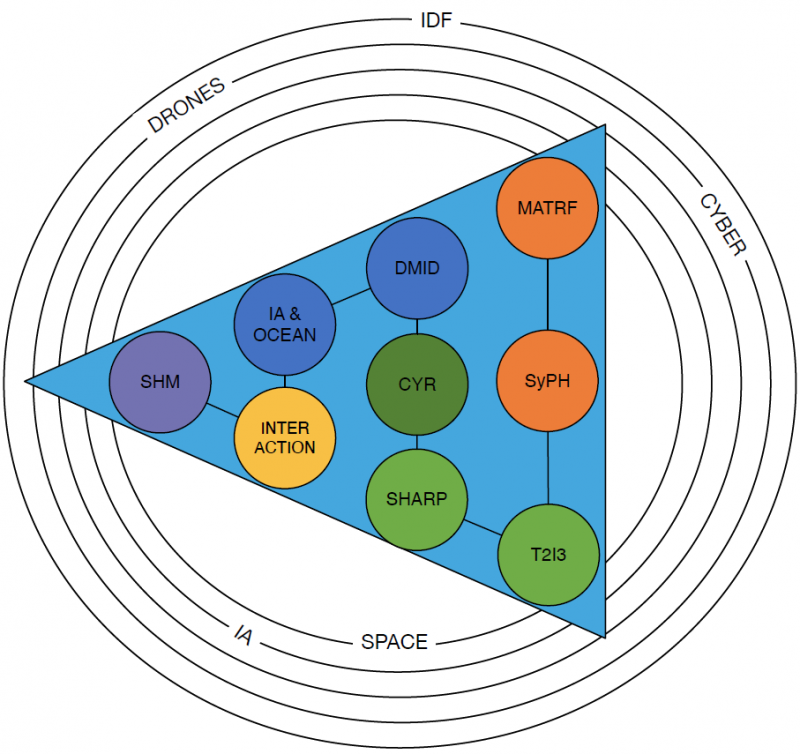- Lab-STICC
- Presentation
Presentation of the laboratory
Lab-STICC
The Lab-STICC, with it affiliation to the INS2I institute of the CNRS, is a research unit historically recognized in Brittany and in France in the field of ICTS. It has a proven capacity to cover a broad scientific spectrum around digital sciences, and in particular with this ability to address various disciplinary fields (Information Theory, Waves & Materials, Embedded Electronics and Computing, Data Sciences, Communication and Signal Detection, Human-Machine Interfaces,...) following multiple themes/application sectors: maritime environment, communicating objects, defense, space, health, security, robotics...
The Lab-STICC's motto "From sensors to knowledge: communicating and deciding" initially underlined the intention to give "meaning" to the "sign", in terms of interpretations and increased value with respect to treatments based on a signal in all its forms. Today, this motto is even more reinforced by the importance of data, which is becoming the vector of technological and scientific innovation, undeniably boosted by the major advances in science in the field of cognition and artificial intelligence. The ability of the Lab-STICC to establish this link between the lower and upper layers (up to Human-Complex Systems cooperation) is an asset to mobilize its scientific strengths, and federate research around the societal challenges such as digital, environment, energy. The laboratory has been restructured around 9 research departments, bringing together 26 teams. It is indeed an architecture based on disciplinary competences - the teams - working in a coordinated way within poles following shared scientific ambitions - and able to articulate in a transversal way around the societal and scientific challenges.

630 researchers on average (permanent and non-permanent staff) carry the activities of the Lab-STICC by covering strong scientific themes, well targeted. Innovation remains at the heart of the concerns of our researchers, and the large-scale cross-disciplinary actions launched in the context of the present four-year period (around cybersecurity, AI, UAVs and embedded systems, robotics, virtual or augmented reality, etc.) have led to the consolidation of the scientific departments on the one hand, but also to the emergence of new structuring tools (research chairs, contribution to the construction of the International Research Lab (IRL) Crossing, technological platforms, start-ups, EuR).
